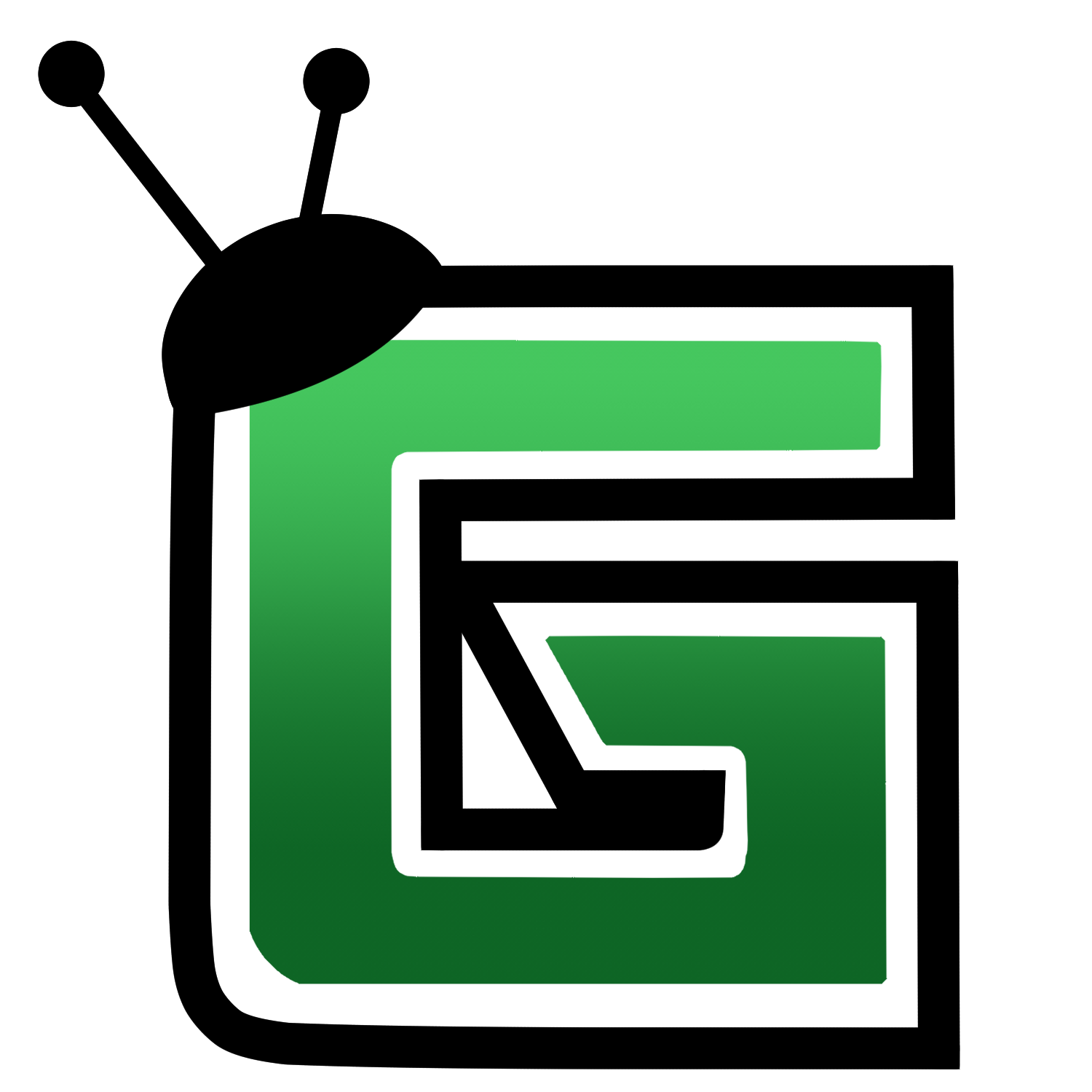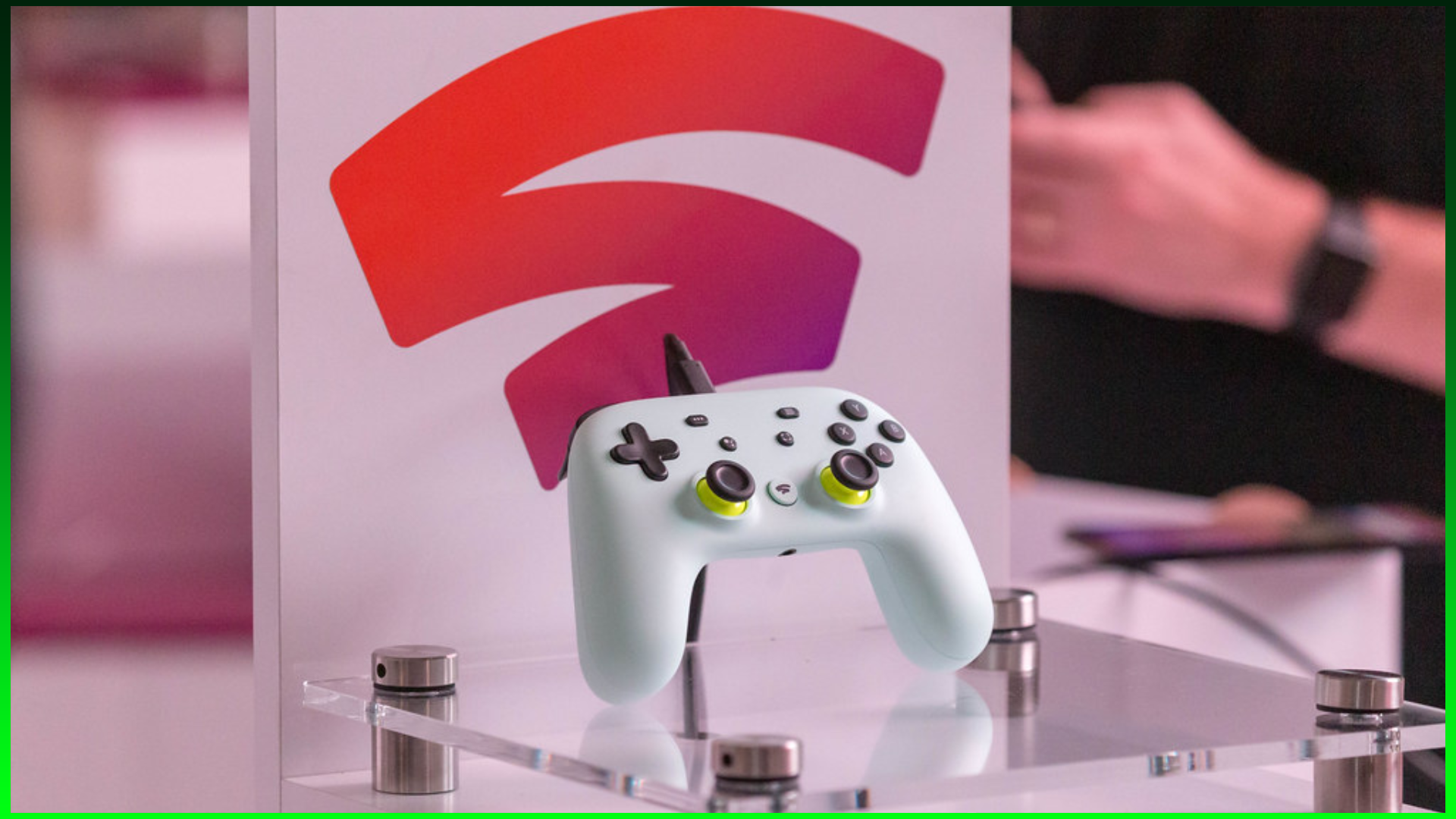But of course that my first editorial for 2023 is actually my final content authoring anything that it is related to Stadia until of course, there is anything worth to note about Google first attempt at the gaming industry, but chances are really LOW if Stadia make news again and maybe WAY TOO LOW if is something positive.
And yes, is time for a backstory of Stadia
By late 2018 and most of 2019, one of the mysteries was what exactly Project Stream was about when Google suddenly invited people to try Assassin’s Creed Odyssey from a Chrome environment, no game launcher and no need for specialized hardware.
Then the famous Google's presentation at GDC 2019 and was presented and taken as Google's new big baby called Google Stadia and Cloud Gaming finding a new champion in an era that both OnLive and Gaikai fell short on the concept.
Expectations were actually high as the opener of the keynote was none other than Alphabet and Google CEO Sundar Pichai, which it was strange that for an experiment, needed some forewords from the guy that practically carried at one time Android and Chrome on his back before being delegated to be the face of Google after Larry Page and Sergei Brin reorganized and created Alphabet as a technological conglomerate to alleviate Google on redundancies projects.
Stadia was presented as a gaming platform where the user will only need their updated computer with a not necessarily demanding GPU or a Smartphone or a Chromecast Ultra or even a Chromecast to be able to access the ready game library.
In his opening speech, Google CEO Sundar Pichai indicated that Stadia is powered by "The Best of Google," inspired by developers, and amplified by YouTube creators.
For the creation and development of Stadia, Google focused on three principles: Create + Scale + Connect and with this in mind, the service has more than 100 development hardware units shipped to studios around the world.
Sparing no resources, Google has more than 7,500 edge node locations or Edge Computing nodes around the world to bring Stadia hardware closer to users.
The company worked with AMD to build a custom GPU that boasts 10.7 teraflops of power, compared to 6.0 teraflops for the Xbox One X and 4.2 teraflops up until the PS4 Pro, which is an impressive rallying cry.
Finally, on the technical side of Stadia, it should come as no surprise that the core of the service is based on Linux and will use Vulkan as its graphics engine, although it was announced that Unreal will also be participating directly with the service.
With all this comes the possibility that the user can access the game and notice the lowest latency to be able to control the main character of any game and the service can transmit at 4K resolution, HDR and at 60fps but Stadia was already capable of streaming at 8K but of course, 8K screens are beyond the affordable level for every consumer and never was upgraded.
The Google gaming studio that only published ONE GAME
Surprisingly, Google surprised gaming developers and fans that it will have its new studio Stadia Games & Entertainment led by veteran gaming industry executive Jade Raymond known for her stint at Electronic Arts and giving Ubisoft a new air, mainly helping the product that we now know as Assassin’s Creed.
The intention of course, meant that Google would have original games too and now the issue will be to attract third parties and with this, the company confirmed then that it has already distributed over 100 development kits to studios and over 1,000 developers are currently working to bring content.
Stadia Games & Entertainment was based both in California and Canada and housed at least 150 developers and already bought Typhoon Studios, creators of Journey to the Savage Planet video game.
But then, the incredible and first red flag that not everything was going smoothly on Stadia after more than a year of Stadia launch and Phil Harrison announcing the closure of Stadia Games & Entertainment only managing to serve as a publisher of Outcaster, developed by Splash Damage and taking by surprise all their employees.
Harrison’s rationale was that focus shifting on Stadia, that the cloud gaming platform can be seen as a platform to engage third parties and Google was no longer interested in being a self-made gaming studio.
This meant that at the time, Jade Raymond has been sidelined most of SG&E’s life and her exit was a big unceremonious and meanwhile it has been reported that not all the 150 developers opted to stay on Google as they felt incompatible with Google workforce’s culture as incompatible with programmers that have work only on videogames and nothing else.
Me, Myself and Stadia
As I had said since day one, for me Stadia was a blessing, especially in the times of the pandemic as Google went the extra mile and granted everybody through 2020’s Spring free Stadia Pro with the entrance of Stadia Base (no Pro and can play all bought licenses to games).
My only TRUE ISSUE with Stadia was it’s tendency to be sensitive with latency despite my latency was appropriate, Stadia will always warned “that my game could disconnect” but no pixelation, no noticeable latency delay on Stadia Controller and pretty much, all my gaming sessions was finished.
The promises that Google never met
While it is true that onboarding YouTube was a slow pace of development, pretty much the gamer Google Assistant was a big highlight of promises unmet.
Returning a little bit on Stadia Games & Entertainment, there were more collateral that landed in the unmet promises and was exclusive for Stadia that included the iconic studio Harmonix.
Google fell short on promises of what Stadia was going to include and we mean simultaneous streaming with YouTube, Google Assistant ready to help you pass a part or table by concatenating to YouTube for videos related to the problem and Stream Connect or the ability to have multiplayer screens.
Particularly Harmonix was in an advanced state of development of a game that was going to have merchandise that could practically give Stadia as a viable service as it was sold since 2019, but the cuckoo apparently is that the game was going to be based on music that it required a license and Harrison decided they weren't going to get into that eleven bullet shirt.
It is already known that Steve Janiak, CEO of Harmonix, indicated that the game was not canceled in itself and understands that if there is an opportunity to make it multiplatform if Google decides not to take it, then it will be done.
One last look at the known spec of Stadia

It is a shame that the specs were overlooked at the end, Stadia was ready for the 9th generation of video games already and much of it power was not harnessed and heck, not even Plyastaiton and Xbox gaming studios hasn’t completely harnessed anything of the Playstation 5 and Xbox Series X heading to its third year.
Into the sunset
I am saying goodbye to Stadia with 204 games including Pro games, while I lost count when I began buying actively after the close up news and thanks to previous giveaways from other stores/platforms that varies so, basically cannot get committed to a single platform, got already 70 games back and 6 of them are thanks to Ubisoft.
That leaves 134 games that most of them are not in my interest but were Stadia Pro games or games given out due my subscription.
Currently I plan to buy/rebuy 73 more games which would make about 145 games that I recovered but, maybe Game Pass will serve as a big alternative.
Yes I want to be that guy with honorable mentions, got Sekiro Shadow Die Twice for PS4 for $10 at a pawn shop after the employee failed to tell me the correct price and granted me the incorrect price and got Outriders Wordslayer (base game included - PS4) despite the game base is available on Game Pass in a special sale of Amazon less than $15.
But, I am happy that Microsoft, Amazon and Nvidia did catch up respectively with Xbox Game Pass Cloud, Luna and GeForce Now and be advised…Whether we like it or not, Cloud Gaming is the new medium of the future.
A Reminder…
Google announced this week that the tool for removing the BlueTooth LE limitation will also mean that the WiFi controller will be PERMANENTLY shut off, so if you plan to play one last time tonight, then delay doing the transition.
Be advised that Stadia Controllers haptic and vibration functioning is NOT guaranteed to function in devices running Windows 10, Windows 11, Steam, macOS, ChromeOS and Android as operating systems and surprisingly, there is no mention of gaming consoles.
Also, due to the limitation of the LE technology of Bluetooth (as it is aimed to bring Bluetooth without much power on purpose), pass-through audio is not possible.
After running the process and confirmed to be done successfully, to pair the Stadia Controller to your hardware, you need to press and hold the “Y + Stadia” buttons for 2 seconds to enter pairing mode, which means that the status light will flash orange.
Then, go to the device you want to play on and pair your controller in the settings. Once paired and connected, the status light on the controller will turn solid white.
The controller opener tool will be available through December 31st, 2023 so if you have multiple Stadia Controllers, you better not leave it for very late and one BIG FINAL DETAIL and is that Google WILL NOT offer support for Stadia Controller post-shutdown of Stadia so if you have unusual issue, today is THE DAY to iron out all remaining kinks.
The whole and easy process has to be started on https://stadia.google.com/controller/


